Get a Call back
ADF provides a wide range of data ingestion capabilities, including support for over 90 built-in connectors to various data sources such as SQL databases, Azure services, SaaS applications, and file systems. ADF allows for both scheduled and event-driven data pipelines and offers rich monitoring and management capabilities, including detailed pipeline runs, alerting, and logging. It supports complex data integration scenarios with data flow transformations, control flow for orchestration, and the ability to handle large volumes of data efficiently.

Kafka is designed for real-time data streaming and ingestion at scale. It can handle high-throughput and low-latency data streams, making it suitable for log aggregation, stream processing, and event sourcing. Kafka uses a distributed architecture to ensure fault tolerance and scalability.
Pandas is a versatile Python library for data manipulation and analysis. It provides data structures like Series (1-dimensional) and DataFrame (2-dimensional) for handling and transforming structured data.

PySpark brings the power of Apache Spark to Python. It enables large-scale data processing and is suitable for big data analytics.

Talend is a robust data integration tool that simplifies ETL (Extract, Transform, Load) processes. It offers extensive connectivity, allowing data extraction from various sources, including databases (SQL Server, Oracle), cloud services (AWS, Azure), big data platforms (Hadoop, Spark), and applications (Salesforce, SAP).
SSIS is a data integration and workflow tool used to extract, transform, and load (ETL) data.

Azure Synapse combines big data and data warehousing capabilities.

Spark’s core functionality lies in its ability to perform large-scale data transformations in a distributed manner.

Apache Airflow is an open-source workflow management platform.

Blob Storage is optimized for storing unstructured data.

ADLS is designed for big data analytics.

Snowflake offers a cloud-native data warehousing solution.

One Lake provides centralized data storage across Azure services.

Databricks is a unified analytics platform that combines data engineering, machine learning, and collaborative data science.

Sixthsense is a data observability platform that provides comprehensive monitoring and analytics capabilities.

Azure Monitor is a full-stack monitoring solution.

Power BI is one of the best analytics & business intelligence plaforms that lets you visualize your data and share insights across your organization, or embed them in your app or website. Connect to hundreds of data sources and bring your data to life with live dashboards and reports.

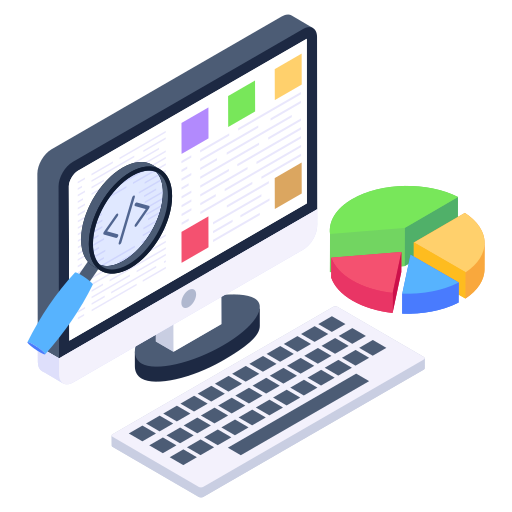
Enterprise Analytics with Self Service.
Power BI is enterprise analytics platform with Self Service capabilities on a single platform. This empowers users to create their own KPI reducing dependencies on the IT.
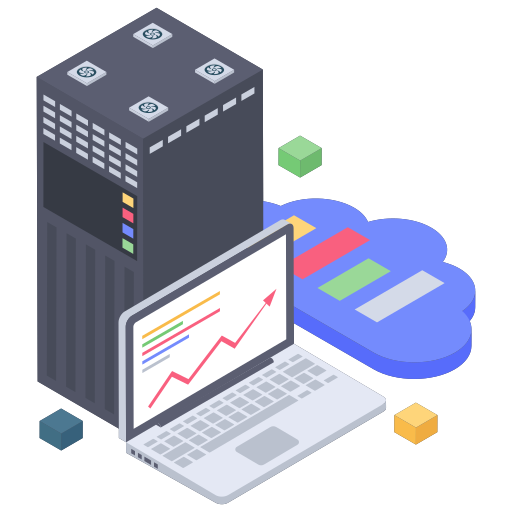
Big data management with Azure
Organisation can analyse huge volume of data by using Azure Data lake. Power BI can help in get instant insights, collaboration with all the stake holders.
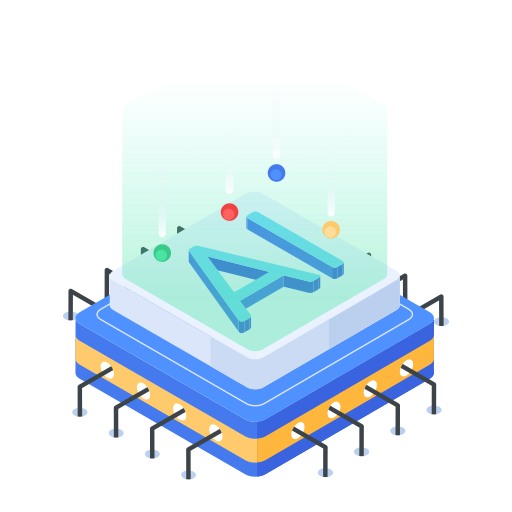
Industry-leading AI ready platform
Power BI platform provide latest advances in Microsoft AI to prepare data, build machine learning models. Organisation can develop KPI for quick insights from both structured and unstructured data, including text and images.
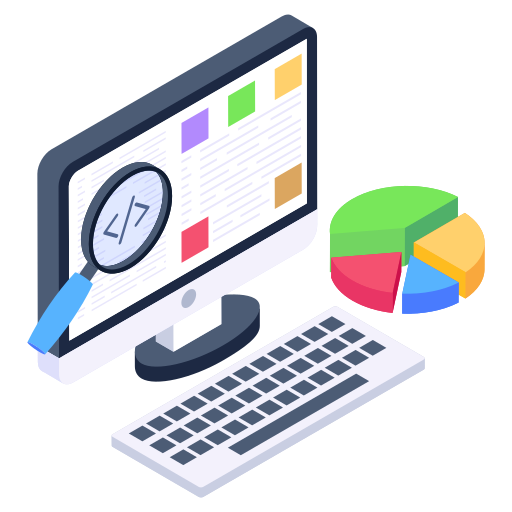
Action on Story and Insights
Main goal of BI to help user firm up actions based on the stories and insights. Combining POWER BI, Power APPs to easily build business application and automate work flows.
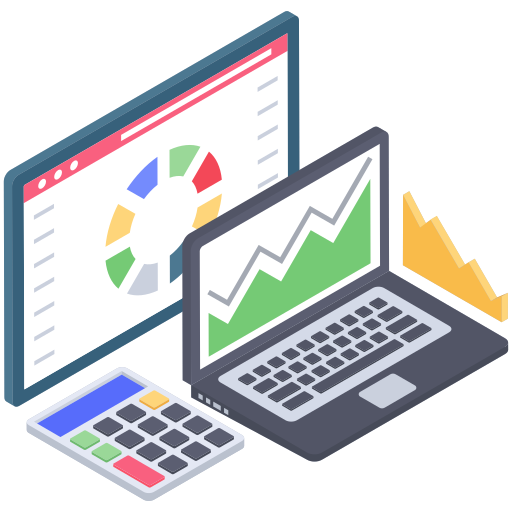
Real time Analytics
Access to real-time analytics which shall enable to make timely decisions.
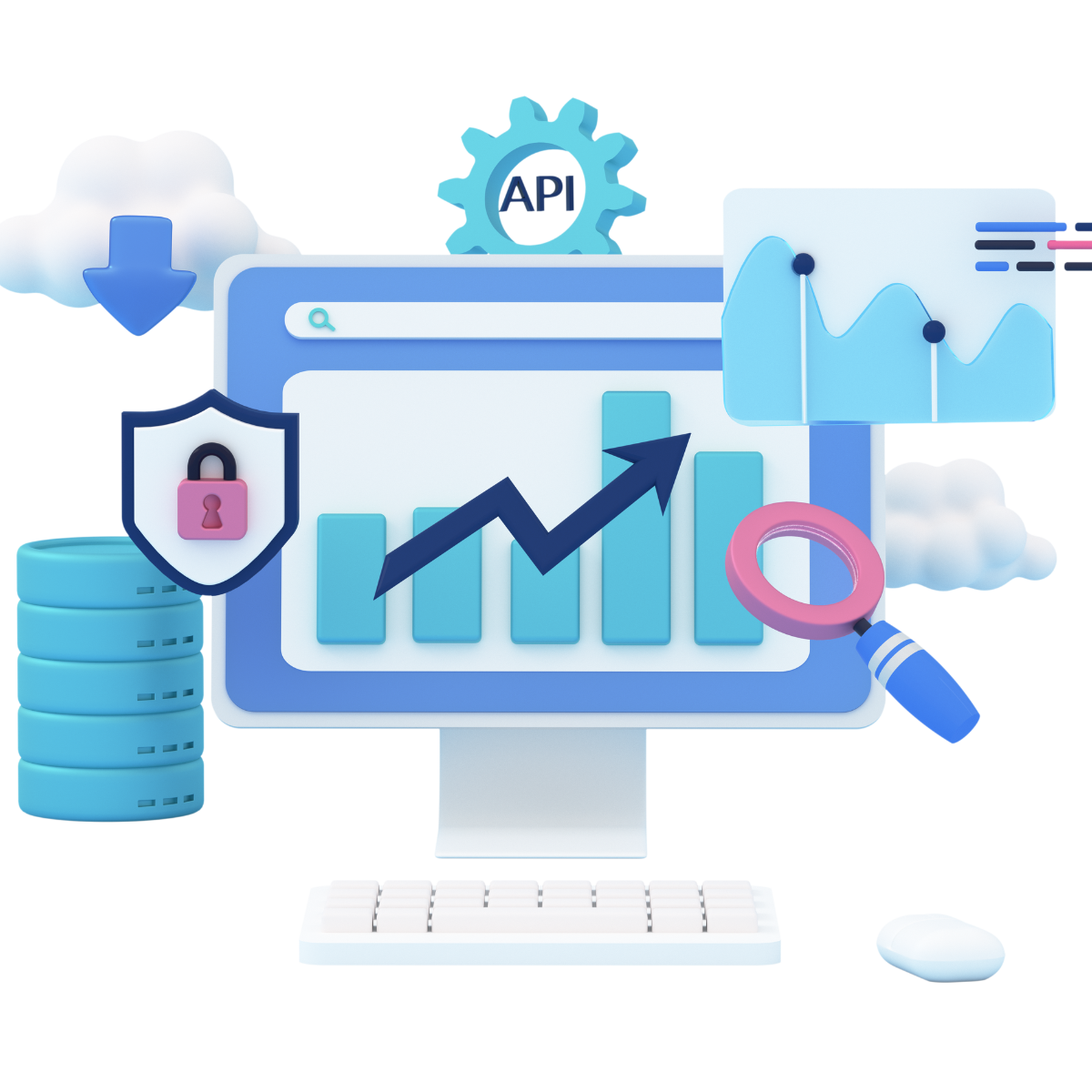
Creating a truly agile, data-driven organization takes more than just a visualization tool alone. Qlik’s open data analytics platform supports a complete portfolio of business intelligence and analytics that provide advanced analytics across the spectrum of BI needs. That means more people can discover more insights to create greater business value, with our business intelligence and advanced analytics services. Business intelligence and data analytics platforms like Qlik can have transformational effect.
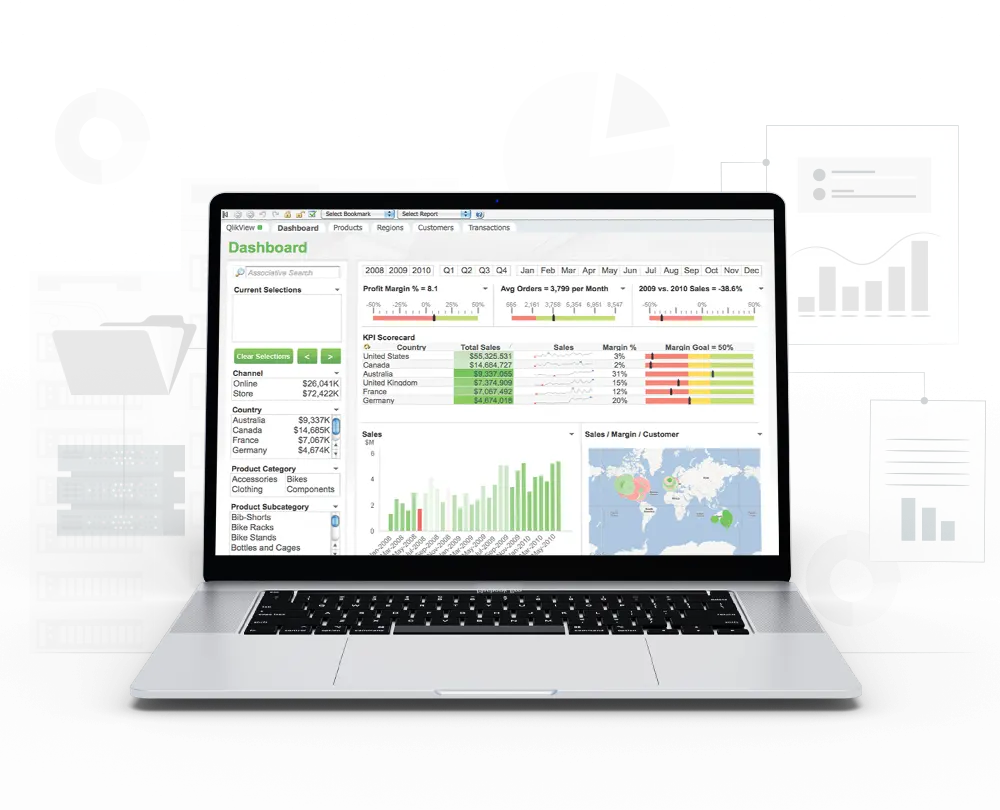
Matplotlib provides a comprehensive library for creating static, animated, and interactive plots in Python. It supports various types of plots such as line, bar, scatter, and histogram.
Built on top of Matplotlib, Seaborn provides a high-level interface for drawing attractive and informative statistical graphics. It includes tools for building complex visualizations like heatmaps and violin plots.
Plotly is an interactive graphing library that enables the creation of web-based visualizations. It supports a wide range of chart types and is highly customizable. Plotly also integrates well with Dash, a framework for building analytical web applications.
Azure Machine Learning is a cloud-based environment for training, deploying, and managing machine learning models.

Databricks provides an optimized Apache Spark platform on Azure.

Scikit-learn is a widely-used library for classical machine learning algorithms in Python. It includes tools for data preprocessing, model selection, and evaluation.
TensorFlow is an open-source framework for building and training deep learning models. It provides a flexible architecture and supports various types of neural networks.
PyTorch is another popular deep learning framework known for its dynamic computation graph and ease of use. This technology is favored for research and development due to its flexibility and debugging capabilities.
Large Language Models (LLMs) and Specialized Language Models (SLMs) represent significant advancements in artificial intelligence, particularly in natural language processing (NLP). These models are designed to understand, generate, and manipulate human language, and they have a wide range of applications from chatbots to advanced research tools.
GPT-4 (Generative Pre-trained Transformer 4) is developed by OpenAI and represents one of the most advanced LLMs. It builds on previous iterations with improved fine-tuning, larger datasets, and enhanced contextual understanding
LLaMA (Large Language Model Meta AI) is developed by Meta (formerly Facebook) as part of its ongoing AI research initiatives.
LaMDA (Language Model for Dialogue Applications) is developed by Google, focusing on conversational AI. LaMDA’s focus on dialogue and conversation makes it particularly suited for applications where understanding and generating human-like responses are crucial.
Mistral is a state-of-the-art language model developed to provide advanced capabilities in text understanding, generation, and interaction.
Copilot is Microsoft’s AI-powered assistant integrated into various software applications, designed to help users by automating tasks, generating suggestions, and enhancing productivity through intelligent insights and recommendations.
Co-Pilot in data analytics tools like Fabric, PowerBI, and Tableau assists users in creating and optimizing data visualizations and dashboards. Co-Pilot leverages AI and machine learning to suggest the best ways to visualize data, automate routine tasks, and provide insights. In PowerBI, Co-Pilot helps users generate reports and dashboards with minimal manual intervention. In Tableau, it enhances data exploration and visualization capabilities, enabling users to derive insights more efficiently.
Microsoft Fabric is a comprehensive, unified data and analytics platform designed to empower organizations with the capabilities to collect, manage, and analyze data across various sources. It integrates a wide range of data services into a single, seamless environment, enabling businesses to transform raw data into actionable insights with efficiency and ease.
Unified Data Platform: Combines multiple data services such as Azure Data Factory, Azure Synapse Analytics, and Power BI into a single integrated environment, simplifying data management and analysis.
Data Integration: Allows for seamless integration of data from various sources, including on-premises, cloud-based, and third-party services, ensuring a holistic view of enterprise data.
Advanced Analytics: Supports advanced analytics, including real-time analytics, predictive analytics, and machine learning, enabling businesses to gain deeper insights and make data-driven decisions.
Scalability: Built on the robust Azure cloud platform, Microsoft Fabric offers scalable solutions that grow with your business needs, handling vast amounts of data effortlessly.
Security and Compliance: Ensures data security and compliance with industry standards and regulations, providing features like data encryption, access control, and monitoring.
Collaboration: Enhances collaboration across teams by providing tools that allow for easy sharing of insights, dashboards, and reports.
Ease of Use: Features an intuitive interface with drag-and-drop capabilities, making it accessible for users with varying levels of technical expertise.
Having the right tools to harness the power of your data is crucial. Technoforte’s Microsoft Fabric data analytics offer you a robust, unified platform to manage, analyze, and visualize your data like never before. Here’s what we bring to the table:
Our services leverage Microsoft Fabric’s integrated suite of tools to provide a seamless data experience. From data ingestion to advanced analytics, we ensure your data journey is smooth and efficient.
We connect your disparate data sources, whether they are on-premises, in the cloud, or third-party services, into a single, coherent dataset. Our experts ensure that your data flows seamlessly, giving you a holistic view of your business operations.
Utilize our expertise in advanced analytics to unlock powerful insights from your data. We use Microsoft Fabric’s capabilities to perform real-time analytics, predictive modeling, and machine learning, transforming raw data into actionable strategies.
Built on the Azure platform, our solutions are designed to scale with your business. We prioritize security and compliance, implementing robust measures to protect your data and ensure it meets industry regulations.
Our services promote collaboration across your teams with intuitive tools for sharing insights and reports. The user-friendly interface ensures that your team can easily navigate and utilize the platform, regardless of their technical expertise.
Every business is unique, and so are our solutions. We tailor our services to meet your specific needs, ensuring that you get the most out of your data.
Technoforte offers data management solutions for your company to get the best out of your data. These include:
We also offer support, consulting and development services for a wide range of data management tools and technologies like PowerBI, Qlik, Tableau and Microsoft Fabric.

3rd Floor, VRR Royal Commercial Complex, (Above Pratham Motors – Maruti Suzuki Car showroom), No.90/85/2, 17th Cross, 21st A Main Road, Sector-I, HSR Layout, Bengaluru, Karnataka, 560 102, India.
© Copyright 2024. Technoforte. All rights reserved